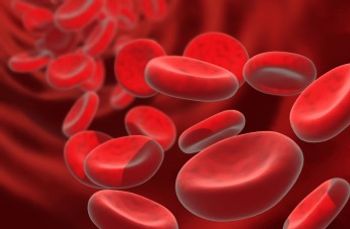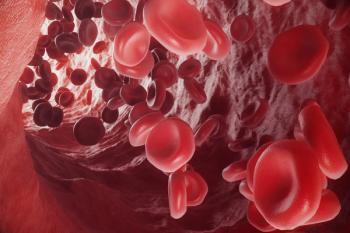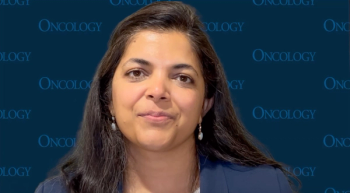
Nirogacestat Approval Offers Choice to Desmoid Tumor Population

The difference in adverse effect profiles between sorafenib and nirogacestat may make one treatment more appealing than the other for certain patients with desmoid tumors, says Brian Van Tine, MD, PhD.
In an interview with CancerNetwork®, Brain Van Tine, MD, PhD, spoke about how the
Van Tine, a professor of medicine in the Division of Oncology, Section of Medical Oncology at Washington University School of Medicine’s Siteman Cancer Center, discussed how nirogacestat may have a different adverse effect (AE) profile compared with sorafenib (Nexavar), which may produce rashes and some nausea. Although nirogacestat may cause ovarian failure in some younger female patients, he stated that this wouldn’t be a concern in male patients or those who have undergone menopause. He continued to say that nirogacestat’s approval will allow for patients to decide which agent would be more suitable for them as part of a patient-centered discussion.
Supporting data for the approval of nirogacestat came from the
Transcript:
I think the most important thing that comes out of having a second active drug and the first FDA-approved drug for the treatment of desmoid tumors is that patients actually have choices. The [adverse] effect profile of these two drugs is different.
Sorafenib is a drug that you have to use carefully because [patients] can get rashes on [their] hands and feet; you have some tolerance for nausea and some tolerance for fatigue. Nirogacestat has a different adverse effect profile and some things you have to watch for. Overall, it is something that may be more appealing to the average patient. There is some concern that this can induce ovarian failure in younger women, but for older women and male patients, this is not a concern. There may be a selective advantage for one drug over the other depending on a patient-centered discussion of which drug they'd like to try. The biggest thing that comes out of an FDA approval here is actually choice.
References
- FDA approves nirogacestat for desmoid tumors. News release. FDA. November 27, 2023. Accessed November 27, 2023. https://tinyurl.com/3zezwe53
- Gounder M, Ratan R, Alcindor T, et al. Nirogacestat, a γ-secretase inhibitor for desmoid tumors. N Engl J Med. 2023;388:898-912. doi:10.1056/NEJMoa2210140
Newsletter
Stay up to date on recent advances in the multidisciplinary approach to cancer.

















































































